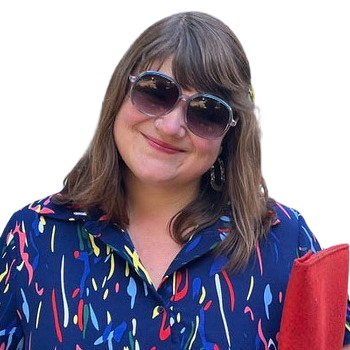Meet your customers: Agency Edition.

Fonts are used every day, around the world, in countless applications: from a café menu and signage to global digital campaigns for footwear companies, to the text in an article that you scroll through on your phone. The reach of fonts feels almost limitless!
And in each of these applications, a designer or team chose that font out of the ocean of options for that specific project. So, what is a font’s journey like? How does it go from being released into the market by a foundry to being chosen, licensed, and used in a project?
To help shed some light on this topic, we are spotlighting different types of creative decision-makers in a new series about understanding the type industry’s many customers. First up, we’re taking a closer look at agencies.
Agency work is all around us
When you come across an advertising campaign, whether it be a poster in a subway station, an ad spot on television, or an organic social media post from a brand: an agency likely helped produce it. A team of strategists, designers, and account managers helped take a brand’s brief and translate it into what you see before you.
It’s important to understand agencies and how they function, since they are often working on larger-scale projects, which means more complex licensing needs, which means larger contracts. And how exciting to have your font used in a campaign and seen by its audience!
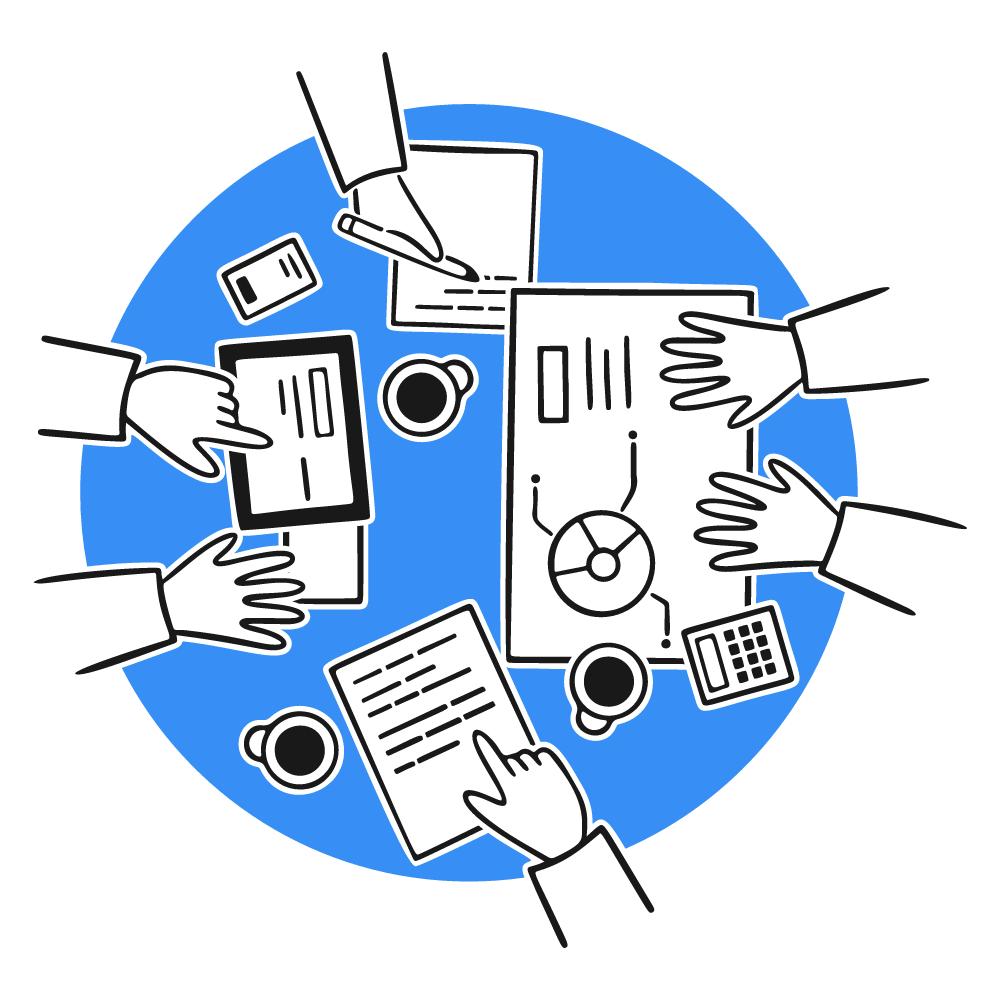
Bigger projects require more stakeholders
Agencies have large teams ready to help their clients with a wide range of needs, and often many levels of stakeholders and collaborators. For example, a brand like Clorox has an in-house creative team, but also works with external agencies to execute campaigns for its primary brand and family of sub-brands: Brita, Burt’s Bees, Hidden Valley Ranch, etc. The agency partners in turn work with vendors, contractors, and platforms to launch the campaigns.
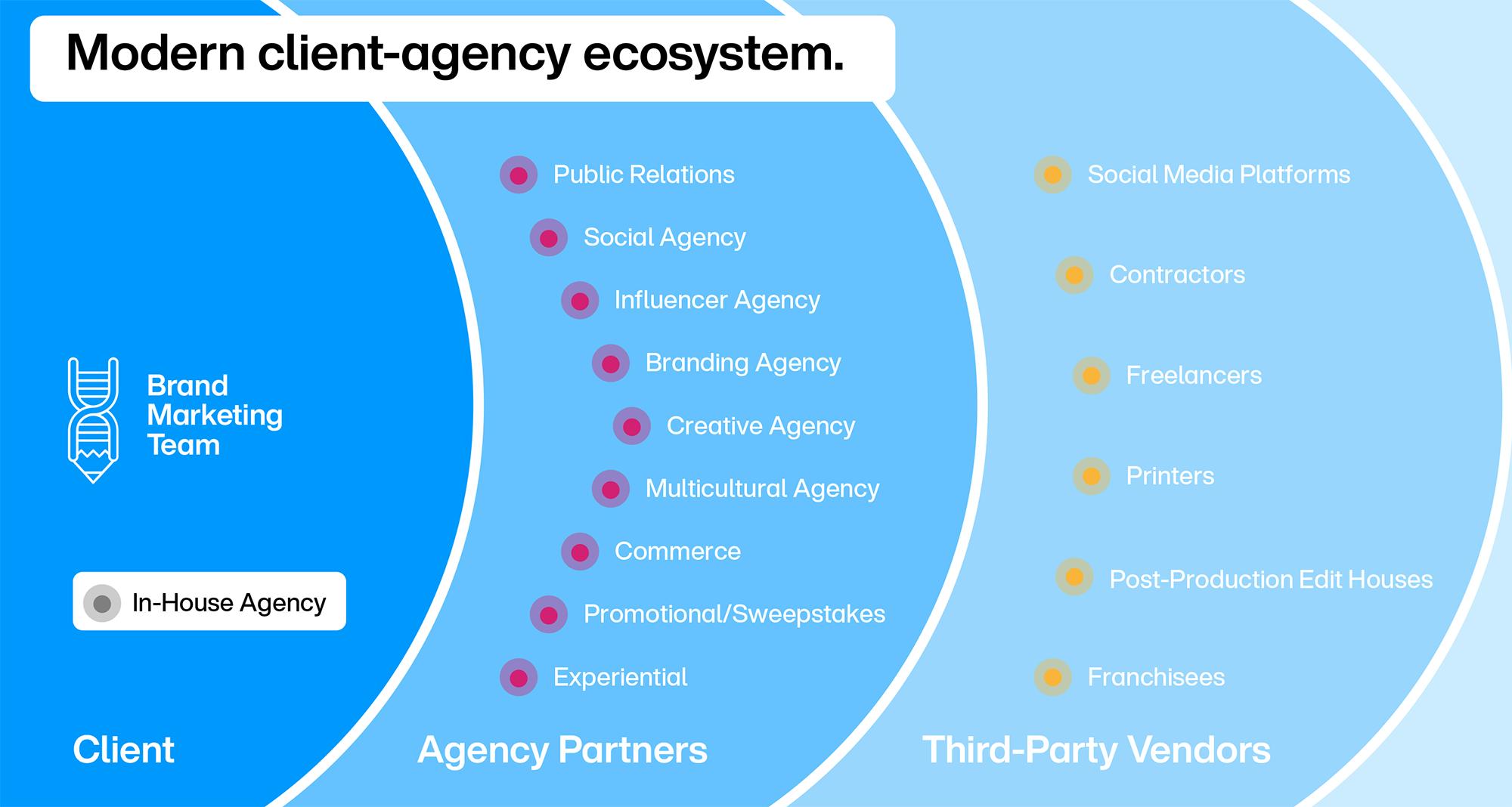
As a result of this complex ecosystem, processes are often implemented to help projects run smoothly. Font licensing has historically been a circuitous journey for the parties involved, as shown in this road map:
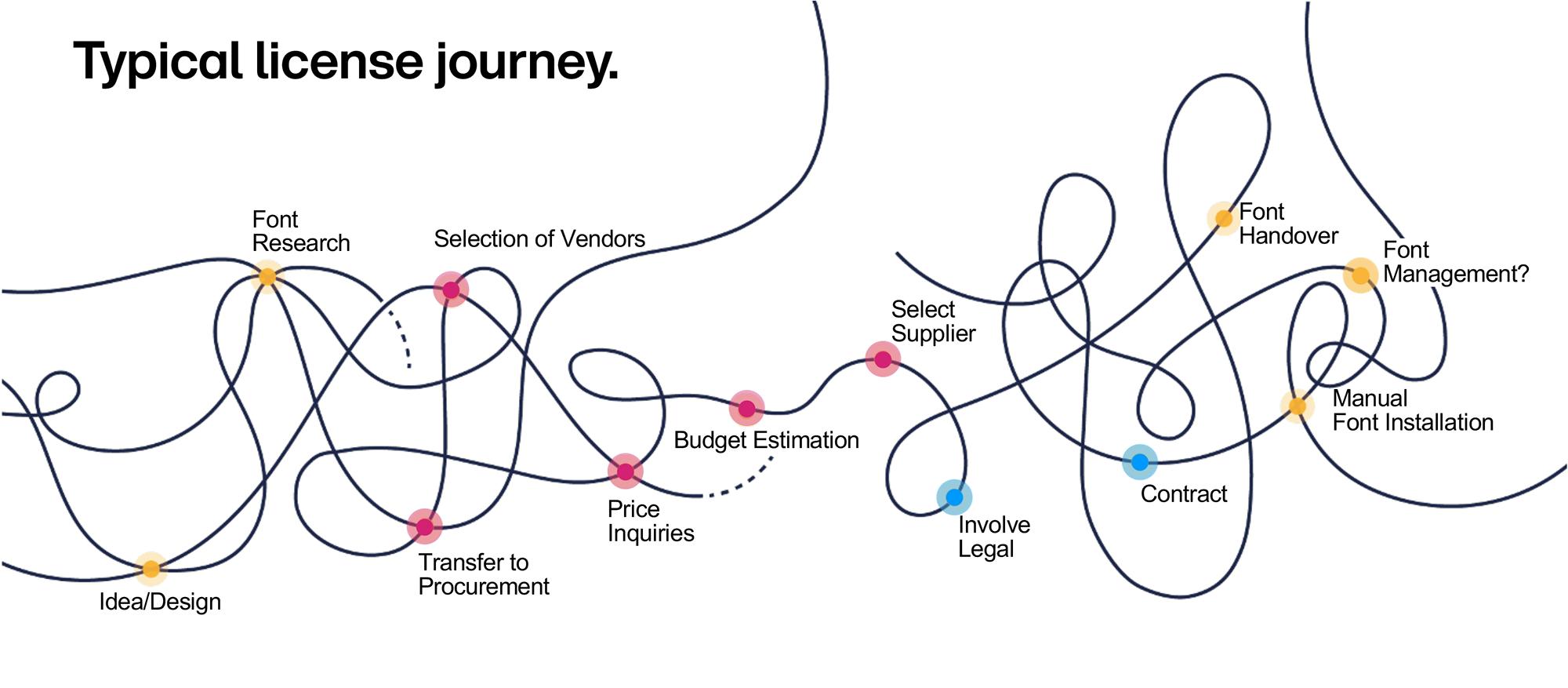
As we’ll explore in the next section, it is a critical piece of the puzzle for agencies to work with partners who can help guarantee success and reduce friction points.
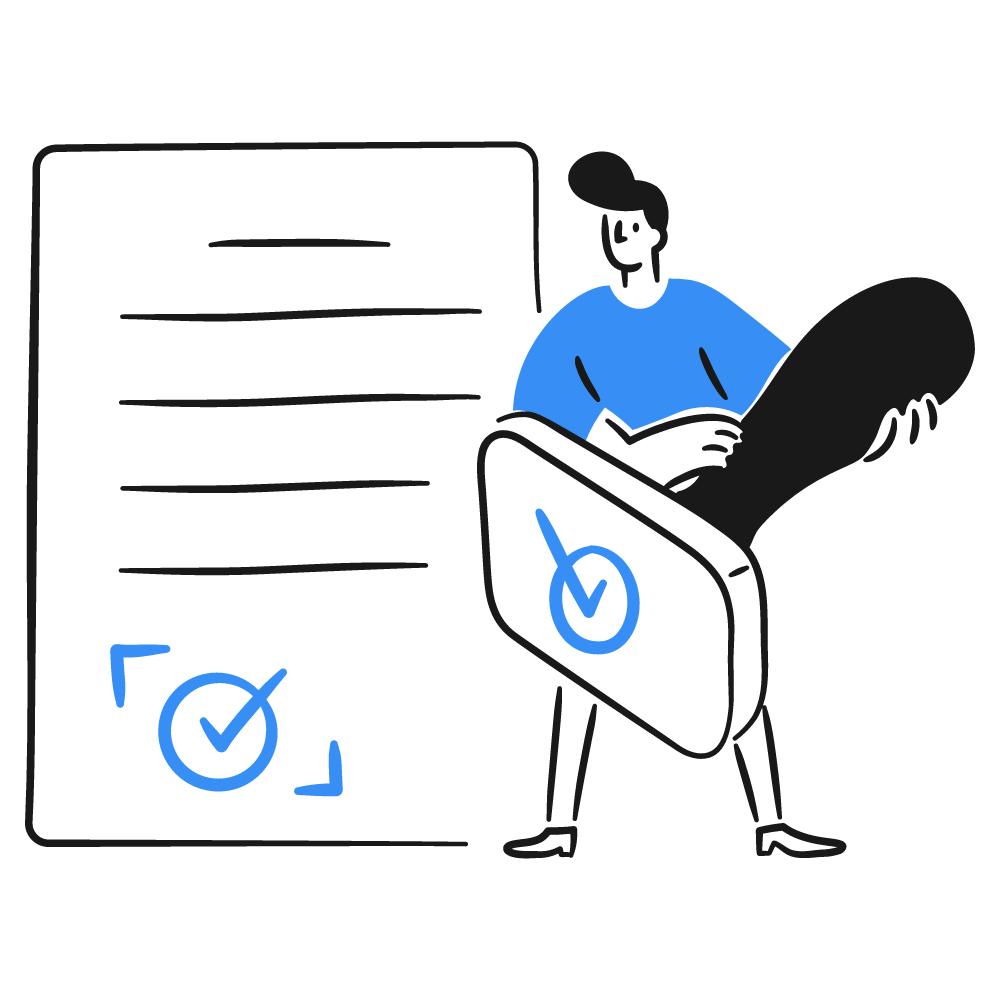
Confidence in the process is critical
Imagine a font is picked for a creative pitch, and the client likes it. They go through many rounds of edits, with a long list of signoffs and approvals. Then, to the agency’s surprise, a license to cover this campaign’s reach isn’t available for this font. Meaning they have to circle back to their client and change course.
Having learned from previous headaches like this one, agencies usually have a vetting process for vendors so that they feel confident in the process and certain they’re not pitching an option that their client can’t have. Monotype Fonts has been a great solution for both agencies and type designers, because in the early stages of pitching, the creative team feels confident, and the foundry gets compensated even if that font isn’t picked for the final direction. (And if it is chosen, Monotype can navigate the conversation with the brand itself to ensure correct licensing!)
A note on this point: even if your fonts are available through multiple platforms, agency clients sometimes want to license through Monotype Fonts versus another vendor because Monotype’s existing relationship with thousands of brands means our terms have been vetted by the client. They feel secure to move ahead!
A piece of the puzzle = a piece of the budget
Large creative projects have budgets that include all the line items that might be needed to bring a vision to fruition, and fonts are no exception. Take a TV commercial, for example: you need to hire the production crew and talent, rent the space, and license all the assets: music, photography, illustrations, video, and typefaces!
Fonts have traditionally been left out of the conversation when it comes to project budgets, and we want to help change that. Type designers should get compensated for their labor just like the creators of other assets do.

Knowledge is power (and we’re here to help)
It’s key to be informed when you go into conversations with agencies and creative teams. If they’re planning to use your typeface for a brand identity overhaul, how does that differ from a singular campaign that the brand is launching for a season or event? For your font to be used in a logo, lock-up with tagline, packaging, merch, etc., you’d want to secure a longer-term license, whereas a short-term license would cover a one-time holiday ad or product launch.
A few things to keep in mind:
- Agencies often see high turnover! Folks are reassigned to different accounts or move on from the company. It’s wise to ask for multiple contacts, especially if contract renewal is a possibility. We’re also happy to help; since we maintain long-standing client relationships, we can follow up on renewals and collect royalties so that you can focus on creating great type.
- If you’re looking to understand the scale of a project, but an agency can’t share specific details, you can still ask for these non-identifying factors: industry sector, annual revenue (if publicly available), and number of employees (to get a sense of the client’s company size).
- As your business partner, we can always join the conversation and help you navigate!
Agencies can open exciting doors and take your fonts to large scale use (who doesn’t want to see their work lit up in Times Square?!). Collaborating with them can mean complex processes, and we hope that this article gives you a deeper understanding of their inner workings so that you can navigate with confidence. We’re proud to partner with agencies around the world, and to bring these connections to foundry partners like you. With bright ideas, effective partnerships, and beautiful fonts, the creative possibilities are endless!
